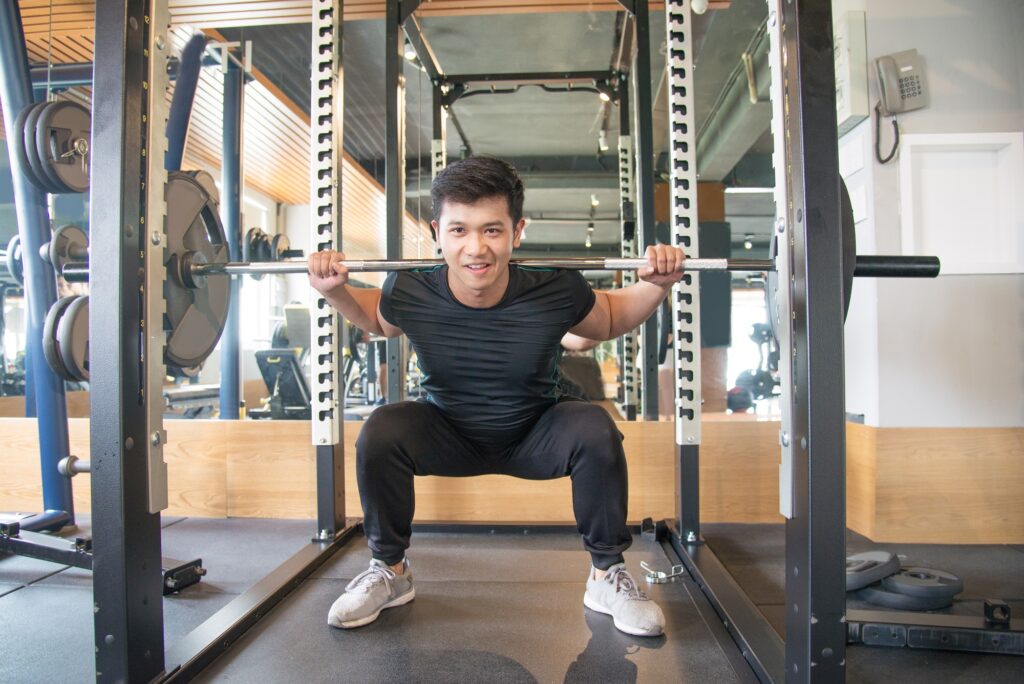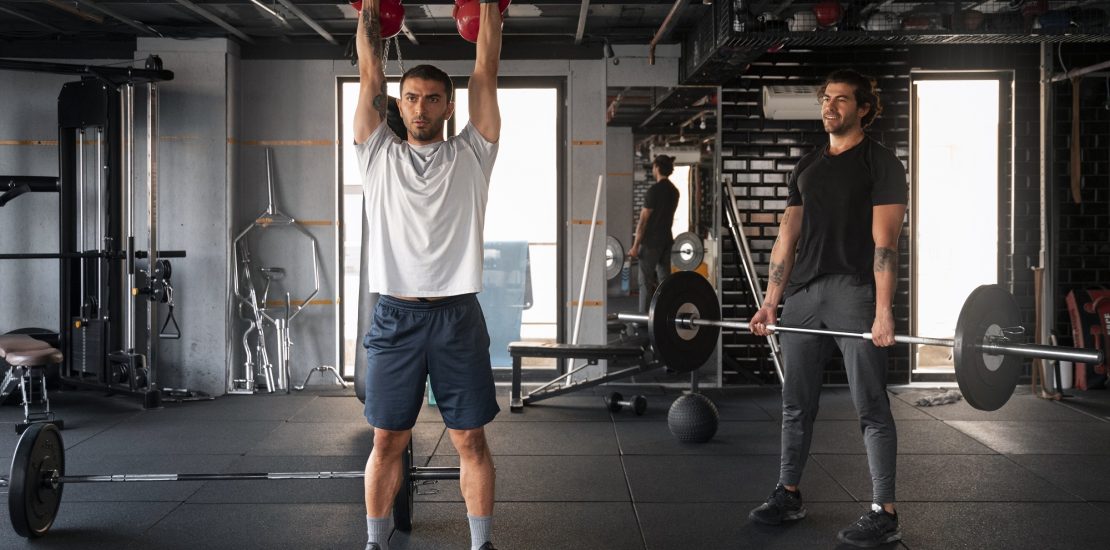In the world of fitness, the debate between functional fitness and traditional workouts has been gaining attention in recent years. Both approaches aim to improve physical health, strength, and endurance, but they take distinct paths. If you’re considering which style of exercise to incorporate into your routine, understanding the differences, benefits, and potential drawbacks of each can help you make an informed choice. Let’s take a closer look at functional fitness and traditional workouts to see which one might be better suited for your goals.
What is Functional Fitness?
Functional fitness is a form of exercise designed to improve your ability to perform everyday activities. The exercises typically mimic movements you do in daily life—lifting groceries, carrying children, climbing stairs, or picking up a heavy object. Functional fitness training focuses on the use of multiple muscle groups simultaneously and emphasizes movement patterns like squatting, bending, pushing, pulling, and rotating essential for body transformation.
Common examples of functional exercises include kettlebell swings, squats, lunges, deadlifts, and push-ups. These movements are often performed with free weights, resistance bands, or body weight, and many functional fitness workouts involve multi-planar exercises that require balance, coordination, and agility.
What is Traditional Fitness?

Traditional fitness, on the other hand, tends to focus on individual muscle groups or specific body transformation fitness goals like building muscle mass, increasing cardiovascular endurance, or improving flexibility. Traditional workouts often include exercises such as bicep curls, bench presses, leg presses, and treadmill running, which may target isolated muscle groups. These exercises are typically performed with the use of machines or free weights in a controlled, linear motion.
Traditional workouts are often designed around specific fitness objectives, such as bodybuilding, weight loss, or improving cardiovascular health. Many people follow traditional workout routines in gyms where they adhere to a structured plan with sets, repetitions, and rest intervals.
Benefits of Functional Fitness
1. Real-World Applicability: One of the most significant advantages of functional fitness is its focus on exercises that improve body transformation and your ability to perform everyday tasks. Whether you’re lifting boxes or bending down to tie your shoes, functional fitness can help reduce the risk of injury by teaching your body to move in ways that mimic real-world actions.
2. Increased Stability and Balance: Because functional exercises engage multiple muscle groups at once and often involve dynamic movements, they can improve overall stability and balance. This is especially beneficial for older adults or anyone looking to improve their overall mobility and prevent falls.
3. Improved Core Strength: Functional fitness workouts tend to activate the core muscles throughout each movement. Whether you’re squatting, lunging, or pushing, you’ll likely engage your core for stabilization, leading to greater core strength.
4. Variety and Fun: Functional fitness workouts often include a variety of movements and exercises, which can keep things interesting. Many workouts incorporate equipment like kettlebells, dumbbells, medicine balls, and even ropes, making them diverse and engaging.
5. Efficiency: Since functional fitness targets multiple muscle groups at once, it can provide a full-body workout in a short amount of time. This makes it an efficient option for those with busy schedules.

Benefits of Traditional Fitness
1. Specific Muscle Building: Traditional workouts can be highly effective for individuals aiming to target specific muscles or achieve particular fitness goals like hypertrophy (muscle growth) or strength gains. Exercises like squats, deadlifts, and bench presses allow individuals to isolate specific muscles and progressively overload them for optimal growth.
2. Cardiovascular Health: For those primarily focused on cardiovascular health, traditional exercises like running, cycling, or swimming provide clear benefits. You can structure traditional workouts to include high-intensity interval training (HIIT) or long-duration cardio to improve heart health and stamina.
3. Measurable Progress: Traditional workouts often focus on measurable benchmarks such as lifting more weight, running longer distances, or completing more repetitions. This structured approach allows you to track progress clearly, which can be motivating for many.
4. Flexibility and Accessibility: Traditional fitness routines are often simpler to follow and can be performed in gyms, at home, or outdoors. Whether you’re following a pre-designed workout plan or creating your own, it’s easy to tailor a traditional workout to your fitness level and goals.
5. Better for Beginners: For someone new to exercise, traditional workouts can be more straightforward to begin with, especially if using machines that help guide your movements. This can be less intimidating than starting with free weights or complex multi-movement exercises.
Which is better for you?

The choice between functional fitness and traditional workouts ultimately depends on your goals and preferences.
- If you want to improve functional movement patterns, enhance your balance, and increase your ability to perform everyday tasks with ease, functional fitness may be the better choice. It’s also a great option for people looking for variety, reduced injury risk, and improved overall physical function.
- If your goal is to build muscle, improve cardiovascular health, or track measurable progress in specific exercises, traditional workouts could be more beneficial. They allow for a more focused approach to strength, endurance, and hypertrophy, and can be particularly useful for those interested in bodybuilding or training for specific athletic performance.
The Best of Both Worlds
Ultimately, many fitness enthusiasts find that incorporating both functional fitness and traditional workouts into their routine provides the best-rounded results. For instance, you might focus on traditional weightlifting to build muscle and strength, while also including functional exercises like kettlebell swings and lunges to improve mobility and core strength. A balanced approach ensures you develop both the strength needed for specific tasks and the functional capabilities for day-to-day activities.
Conclusion
Whether functional fitness or traditional workouts are better depends on your personal fitness goals. Each approach has unique benefits that cater to different needs and preferences. For a comprehensive fitness journey, a combination of both may offer the best of both worlds. The key is to choose the workout style that keeps you motivated, supports your goals, and improves your overall well-being.



